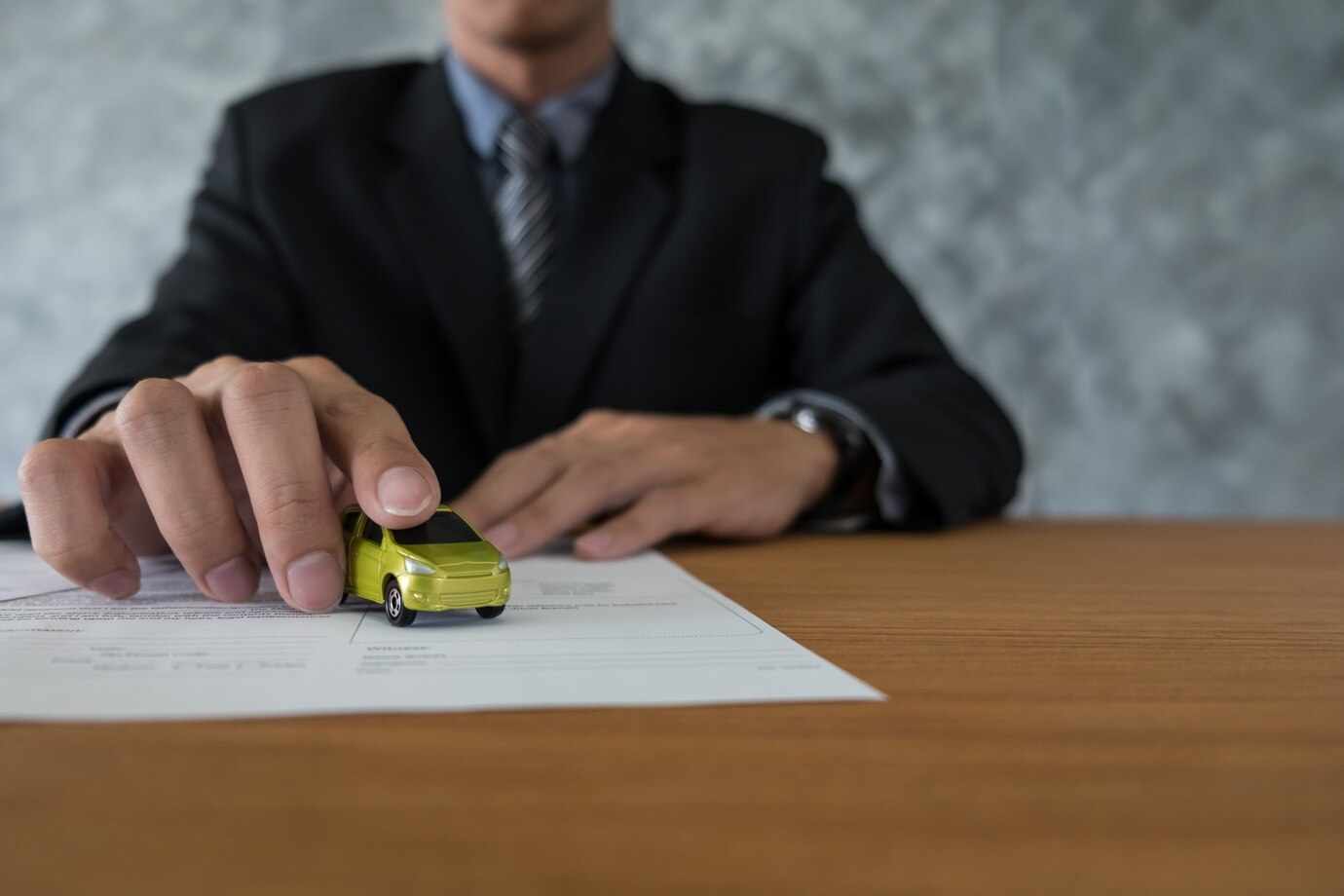
Finding a reputable service for Ceramic coating near me or Paint correction near me can significantly improve a car's longevity and shine. These services not only provide a protective layer but also address imperfections in the paint, making the vehicle look brand new.
Ceramic coating offers a durable shield against environmental contaminants, while paint correction can remove swirls and scratches that accumulate over time. By locating professionals who specialize in these services, car enthusiasts can ensure their investment remains in optimal condition.
The right ceramic coating and paint correction services enhance a car's aesthetic appeal and add protection against damage. Utilizing local expertise ensures access to quality materials and craftsmanship tailored to specific needs.
Benefits of Ceramic Coating
Ceramic coating provides significant advantages for vehicle owners. These include enhanced protection from environmental hazards, ease of maintenance, improved visual appeal, and increased longevity of the vehicle's finish.
Enhanced Protection
Ceramic coatings create a strong, protective layer on the vehicle's surface. This layer guards against various environmental contaminants, such as UV rays, dirt, bird droppings, and tree sap.
The coating's hydrophobic properties repel water and prevent dirt from bonding effectively to the surface. As a result, it helps to reduce the frequency of washes and prevents etching and staining, preserving the vehicle’s original paint.
Additionally, the protective coating enhances resistance to scratches and minor abrasions, maintaining the integrity of the paint for an extended period.
Ease of Cleaning
With ceramic coatings, maintaining a clean surface becomes simpler. The smooth finish makes it difficult for dirt and grime to adhere, which means less scrubbing during washes.
Most contaminants can be easily removed with just a simple rinse. This reduction in effort makes routine maintenance more manageable, saving both time and energy.
Moreover, the hydrophobic nature of the coating ensures that water beads off the surface, minimizing water spots and streaks. This is especially beneficial in preventing mineral deposits from settling on the paint.
Improved Aesthetics
Ceramic coatings significantly enhance the visual appeal of a vehicle. These coatings add depth and clarity to the paint, often resulting in a glossy finish that rivals that of freshly polished surfaces.
The improved appearance is particularly noticeable on darker colors, where the richness of the paint can be more pronounced.
Additionally, a well-maintained coating prevents fading and oxidation, ensuring that the vehicle looks newer for a longer time. The preservation of the vehicle's aesthetic can contribute to better resale value.
Longevity and Durability
The durability of ceramic coatings is a key benefit. These coatings can last several years, depending on the application and maintenance.
Unlike traditional waxes or sealants, which may require frequent reapplication, ceramic coatings offer long-term protection without the need for constant touch-ups.
This longevity translates to cost savings over time. Investing in a ceramic coating can provide a robust protective solution that minimizes the need for frequent detailing and maintenance products.
Understanding Paint Correction
Paint correction is a process aimed at restoring a vehicle's finish by removing imperfections like swirl marks, scratches, and oxidation. This section covers the evaluation of the paint's condition, the steps involved in the correction process, and how to maintain the results.
Assessing Paint Condition
Before starting any paint correction, assessing the vehicle’s current paint condition is crucial. This evaluation helps to identify the level of damage and the appropriate method for restoration. Common signs of paint damage include:
Swirl Marks: Fine scratches typically from washing.
Scratches: Deeper abrasions that penetrate the clear coat.
Oxidation: Dullness or fading due to environmental exposure.
A thorough inspection under good lighting can reveal these issues. Professionals may use a paint depth gauge to measure the thickness of the paint, ensuring safe correction without damaging the underlying layers. Understanding the paint condition informs the choice of products and techniques.
Steps in Paint Correction
The paint correction process typically involves several key steps:
Washing: Use a pH-neutral car shampoo to remove dirt and grime.
Claying: Apply a clay bar to remove embedded contaminants that washing can't tackle.
Polishing: Utilize machine polishers and appropriate pads to eliminate imperfections.
Inspecting: Reassess the paint after polishing to gauge results, possibly repeating the process.
Selecting the right products is essential. Professional-grade compounds may be needed based on the severity of the flaws. Each step should be executed carefully to achieve optimal results without compromising the paint.
Maintaining Corrected Paint
After paint correction, maintaining the finish is vital for longevity. Here are key practices to extend the life of the correction:
Regular Cleaning: Use a gentle wash method to avoid new scratches.
Protection: Apply a quality wax or ceramic coating to shield against environmental damage.
Avoid Harsh Chemicals: Steer clear of strong detergents that can strip protective layers.
Regular maintenance also includes periodic inspections for imperfections that may require immediate attention. By following these guidelines, the corrected paint can remain in excellent condition for an extended period.











Write a comment ...